Japan Travel Tips & Planning
Plan your dream trip to Japan with the help of our community. Ask and answer questions about travelling to Japan and share your best experiences.
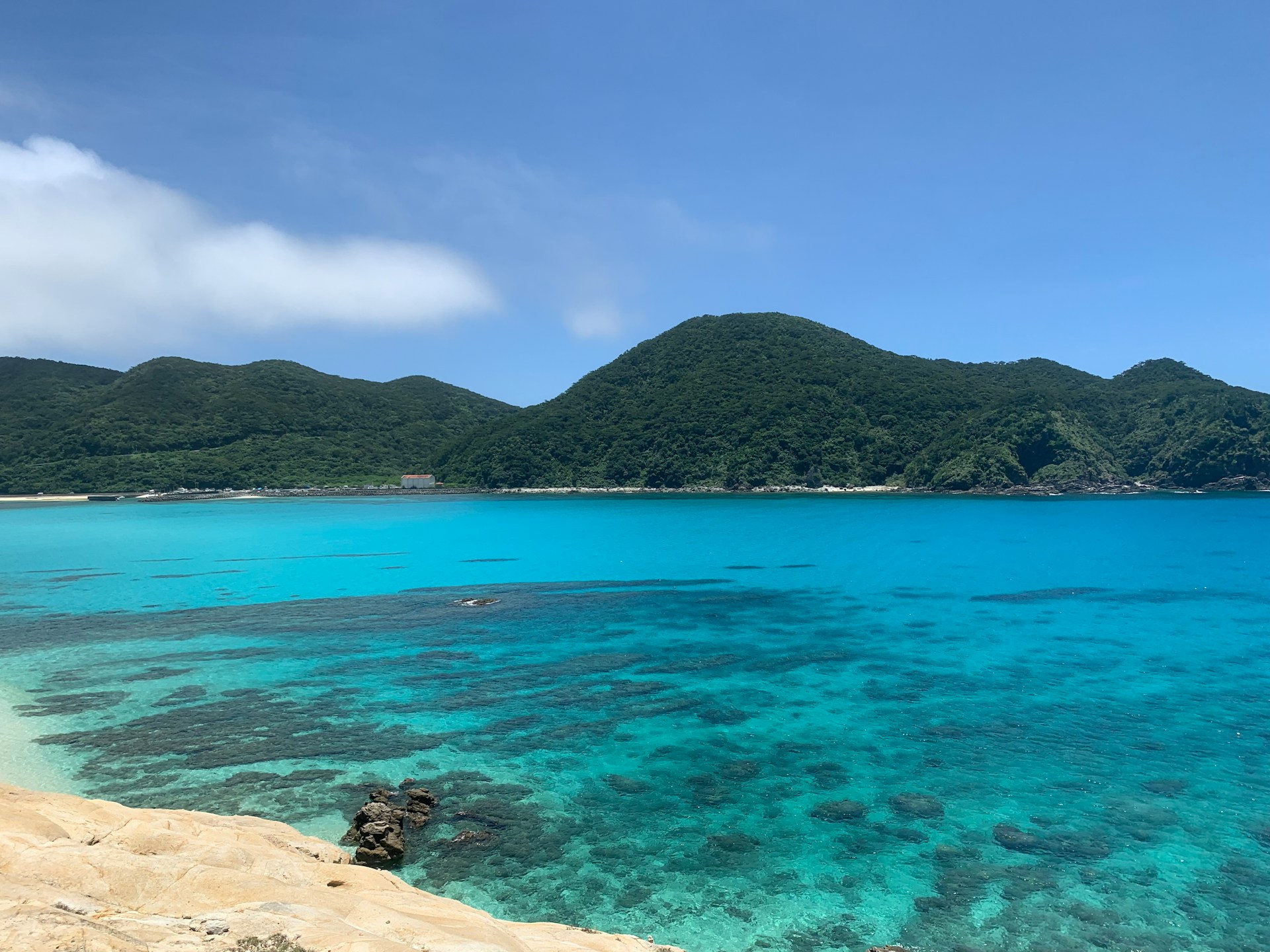
Okinawa is unlike anywhere else in Japan. Located far to the south, this chain of islands offers turquoise waters, coral reefs, and a laid-back tropical atmosphere that feels worlds away from Tokyo’s neon glow. The main island is home to sandy beaches perfect for swimming and sunbathing, while the surrounding smaller islands like Ishigaki and Miyako are havens for snorkeling and diving. Beneath the surface, you’ll find some of the world’s most vibrant coral reefs, colorful fish, and even manta rays gliding gracefully through the clear waters. But Okinawa isn’t only about beaches. The islands boast a rich and distinct culture shaped by their history as the Ryukyu Kingdom, which was once independent from Japan. Traditional Ryukyuan music, unique dances, and historic sites like Shuri Castle tell the story of a culture influenced by both Japanese and Southeast Asian traditions. Even the local cuisine is distinct, featuring dishes like goya champuru (bitter melon stir fry) and Okinawan soba, which reflect the islands’ unique heritage. Okinawa is also famous for the longevity of its people. The locals’ healthy diet, active lifestyle, and strong sense of community have given the islands a reputation as a “blue zone,” where people often live well into their 90s and beyond. Visiting Okinawa is not just about relaxation — it’s a chance to immerse yourself in a slower rhythm of life, where warm hospitality and natural beauty leave you refreshed and inspired.
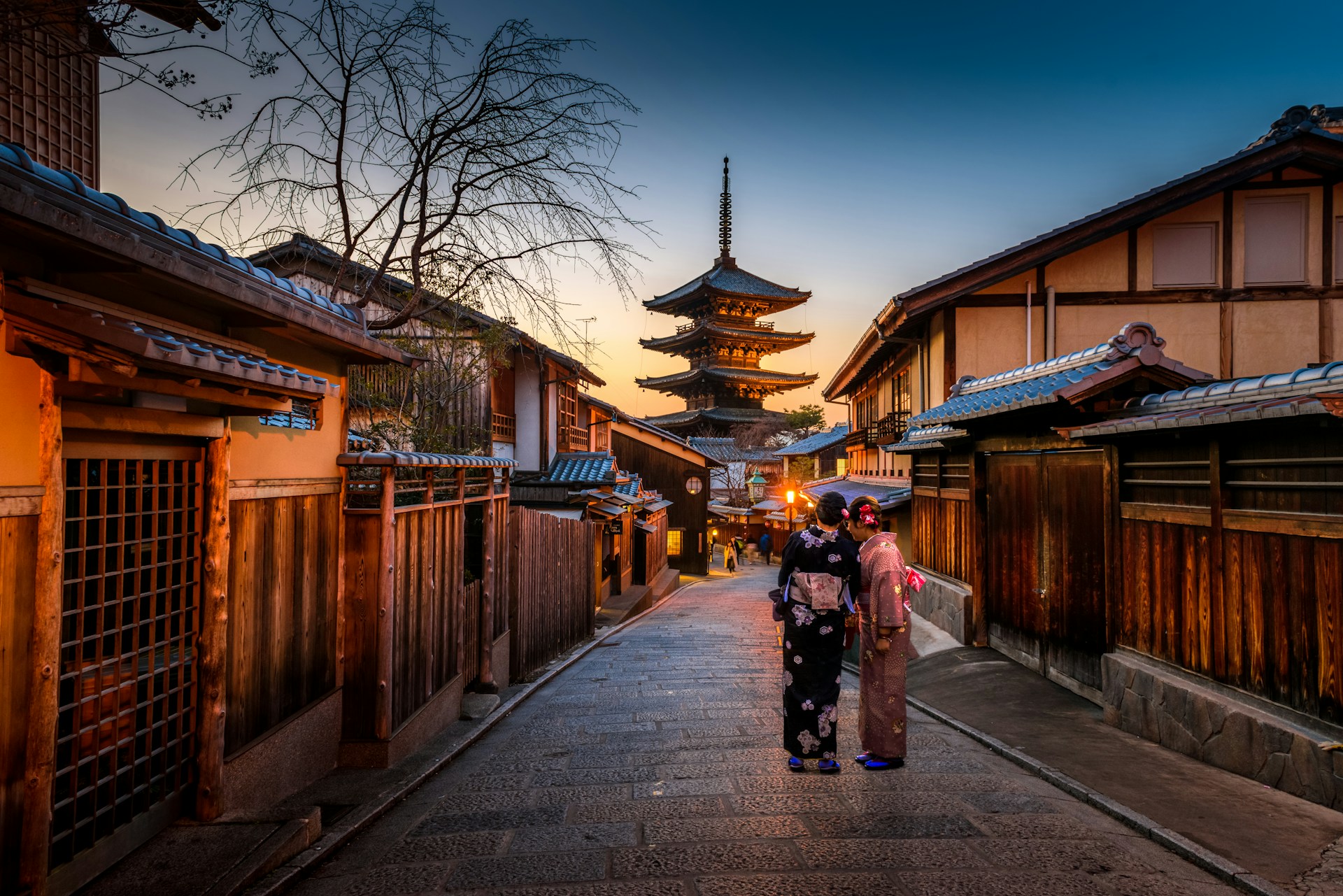
Kyoto is the cultural heart of Japan, a city where tradition thrives alongside modern life. Once the imperial capital, Kyoto is home to more than 1,600 temples and countless shrines, including UNESCO World Heritage sites such as Kiyomizu-dera and the Golden Pavilion (Kinkaku-ji). Wandering its narrow streets, you’ll feel as though you’ve stepped into another era, especially in districts like Gion, where geisha culture is still preserved. Every season brings new beauty to Kyoto. In spring, cherry blossoms create postcard-perfect scenes around temples and along the Philosopher’s Path. Summer festivals fill the streets with energy, while autumn transforms the city into a canvas of fiery reds and golds. Even in winter, the sight of temples dusted with snow adds a quiet charm, making Kyoto worth visiting year-round. Kyoto is also a hub for authentic Japanese experiences. Participate in a traditional tea ceremony, stay in a ryokan (traditional inn), or stroll through the enchanting Arashiyama Bamboo Grove. Combined with a refined local food culture—such as kaiseki dining and matcha treats—Kyoto offers travelers the chance to immerse themselves in the timeless elegance of Japan.
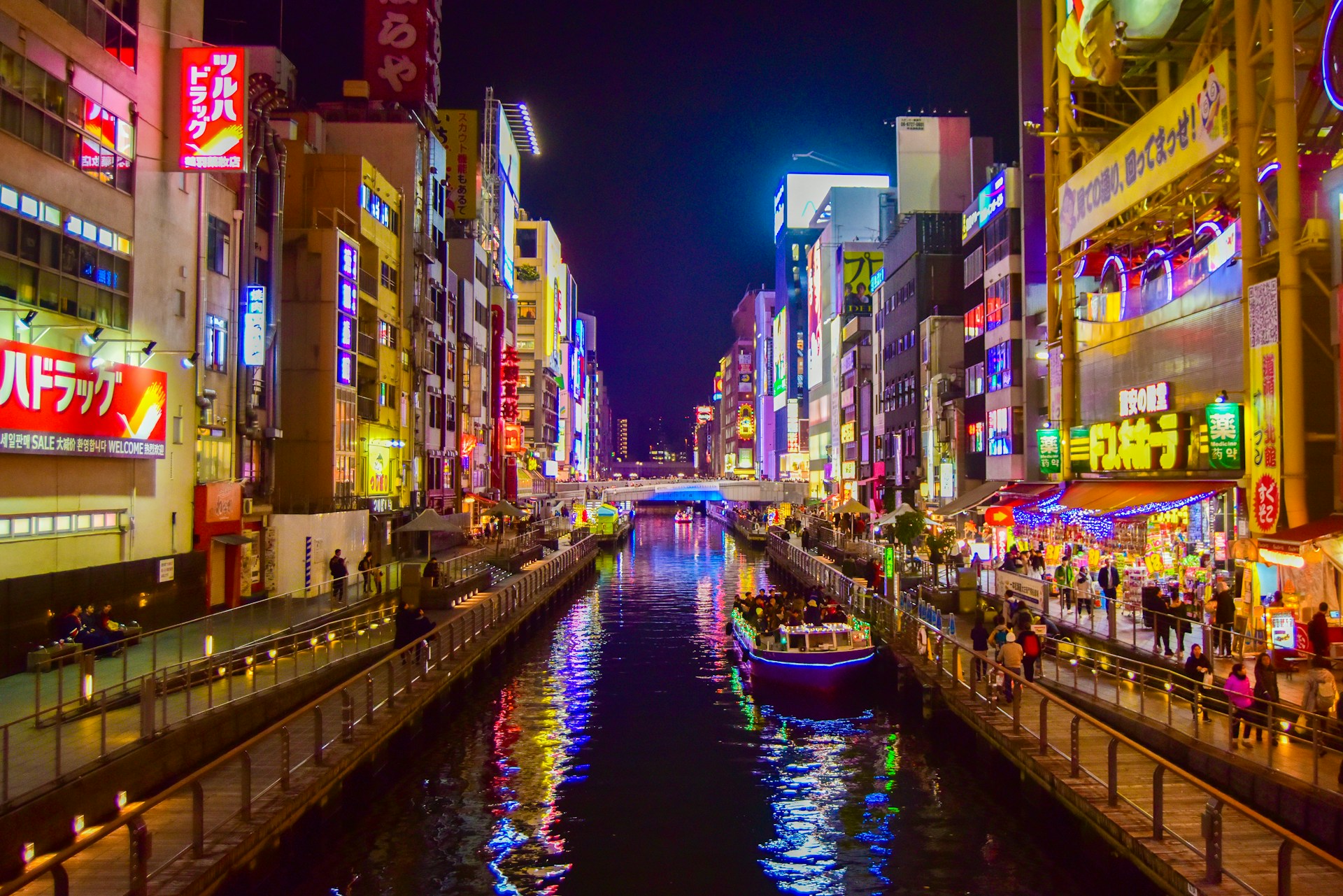
Osaka is often called the “kitchen of Japan,” and it’s easy to see why. Food is at the heart of this energetic city, from bustling street stalls selling takoyaki (octopus balls) to lively districts like Dotonbori, where neon lights reflect off the canal and restaurants serve up endless options of local specialties. For food lovers, Osaka is an absolute paradise, and even a simple stroll through its markets becomes an adventure in taste. But Osaka isn’t just about its incredible food—it’s a city of entertainment and personality. Locals are known for their humor and warmth, giving the city a more relaxed and approachable vibe than Tokyo or Kyoto. Families and thrill-seekers alike flock to Universal Studios Japan, while history buffs enjoy exploring Osaka Castle and its surrounding gardens, which are stunning in cherry blossom season. As Japan’s third-largest city, Osaka also serves as a convenient base for exploring the wider Kansai region. With excellent train connections, you can easily take day trips to Kyoto, Nara, or Kobe, returning at night to the lively atmosphere of Osaka. Its combination of culture, nightlife, and unmatched food scene make it one of Japan’s most unforgettable destinations.
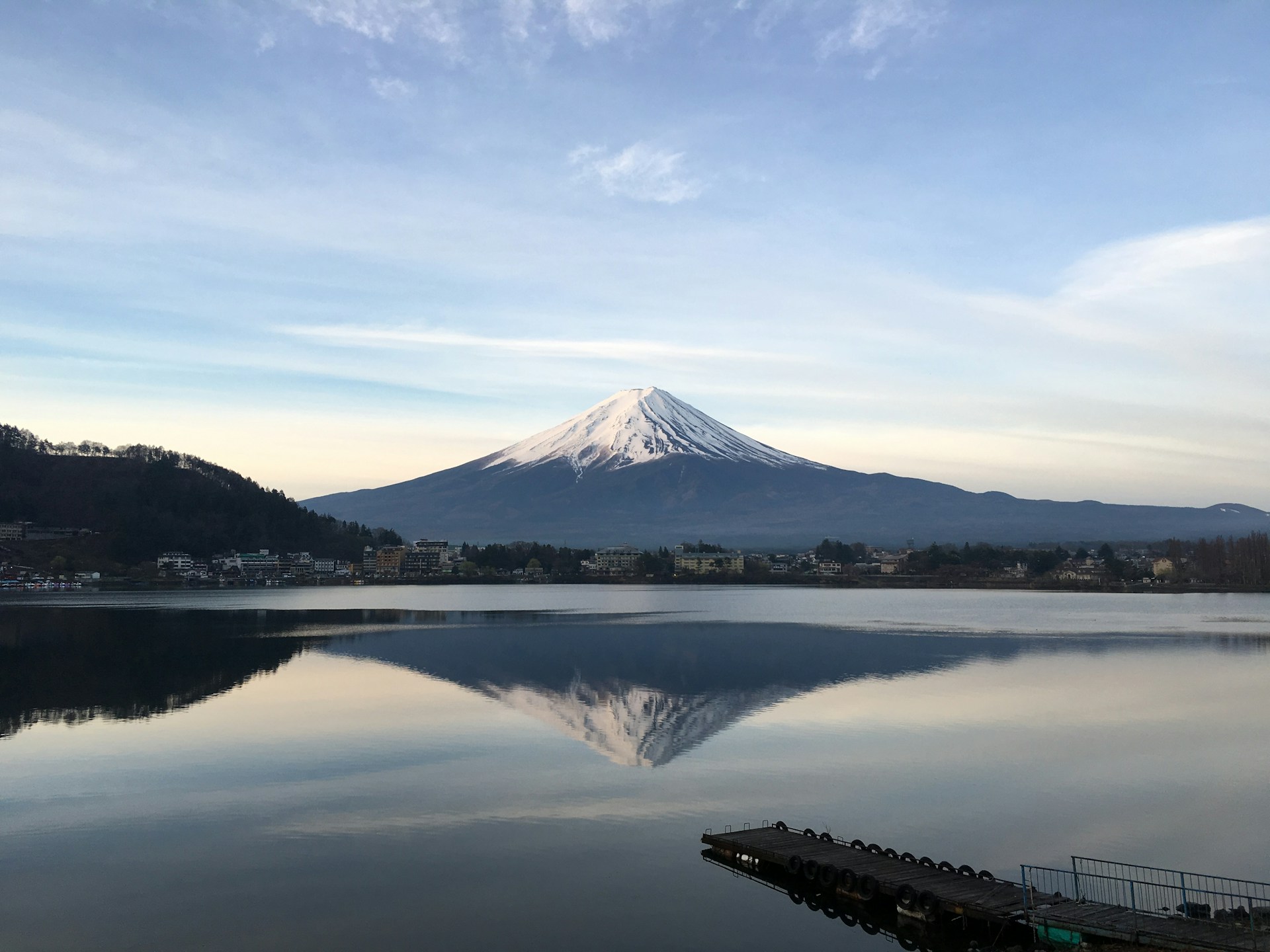
Mount Fuji is Japan’s most iconic natural landmark — a perfectly shaped volcano rising 3,776 meters above sea level. Recognized as a UNESCO World Heritage Site, it’s not just a mountain but a symbol of Japan itself, appearing in countless artworks, stories, and traditions. Visitors from around the world come to admire its beauty, whether from afar on a clear day or up close on its surrounding lakes and villages. For those seeking adventure, climbing Mount Fuji in the summer months offers a once-in-a-lifetime experience, with the sunrise from the summit — known as Goraikō — considered one of the most breathtaking sights in the world. But even if you don’t hike, the Fuji Five Lakes region, nearby hot springs, and views from the Shinkansen bullet train provide unforgettable encounters with this legendary peak. Mount Fuji is more than just a destination; it’s a journey into Japan’s spirit of nature, culture, and adventure, making it a must-see for any traveler.
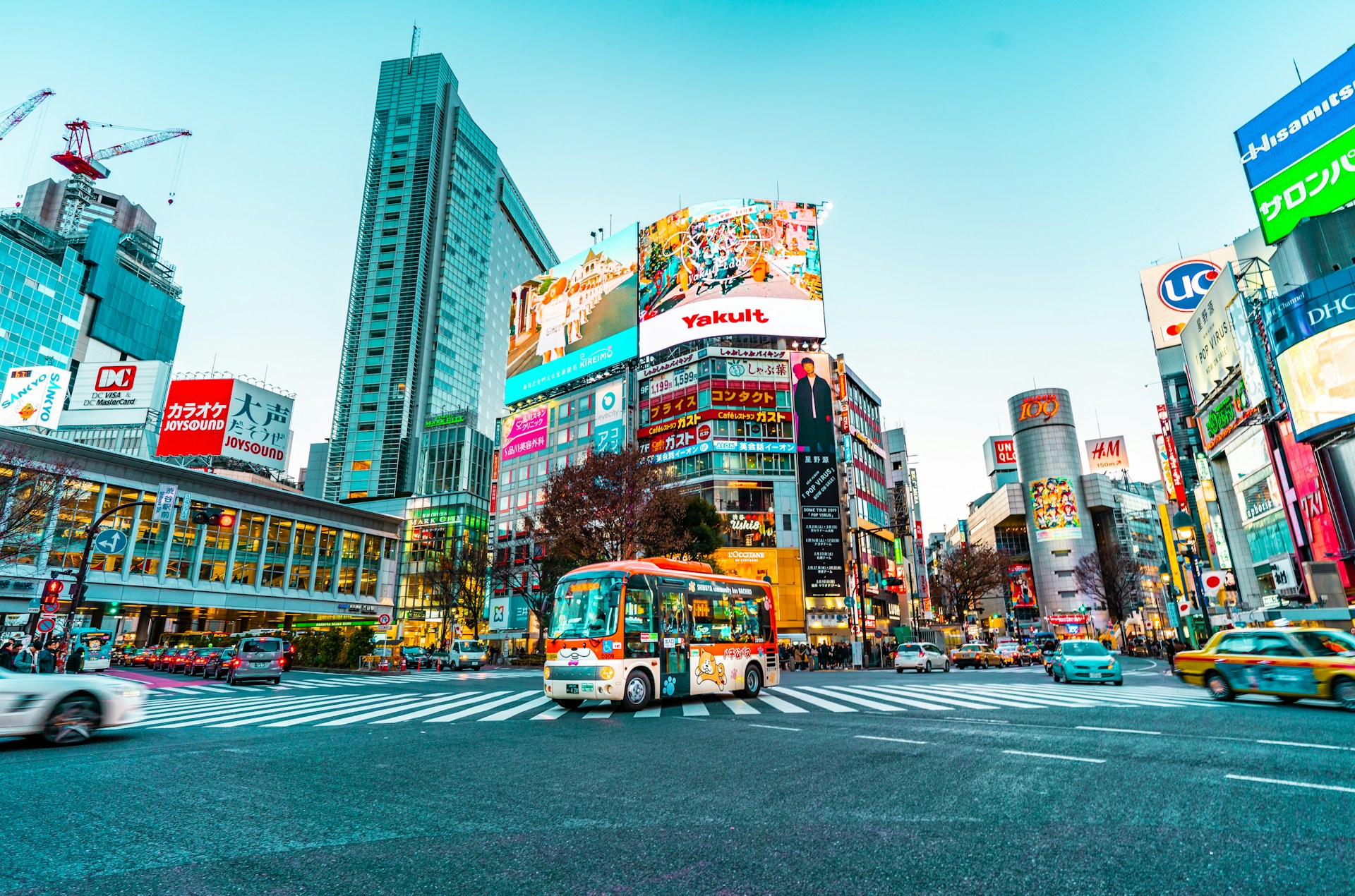
Tokyo is a city that feels like the future while never losing sight of its past. Towering skyscrapers, neon-lit streets, and the world’s busiest crosswalks create an electric energy, while tucked away you’ll find peaceful shrines, lush gardens, and centuries-old traditions. It’s a city of contrasts — where you can watch sumo in the morning, shop in high-fashion districts in the afternoon, and finish the day with sushi prepared by a master chef. The city is a paradise for food lovers, with everything from Michelin-starred restaurants to tiny ramen shops that locals swear by. Culture seekers can explore neighborhoods like Asakusa for historic temples, Akihabara for anime and gaming, and Shinjuku or Shibuya for nightlife that lasts until sunrise. Add in cutting-edge art exhibits, immersive technology experiences, and incredible shopping, and you’ll never run out of things to do. Tokyo is more than just Japan’s capital — it’s a world capital of culture, innovation, and entertainment. Whether it’s your first stop in Japan or a return trip, Tokyo will surprise you with its mix of energy, diversity, and unforgettable experiences.
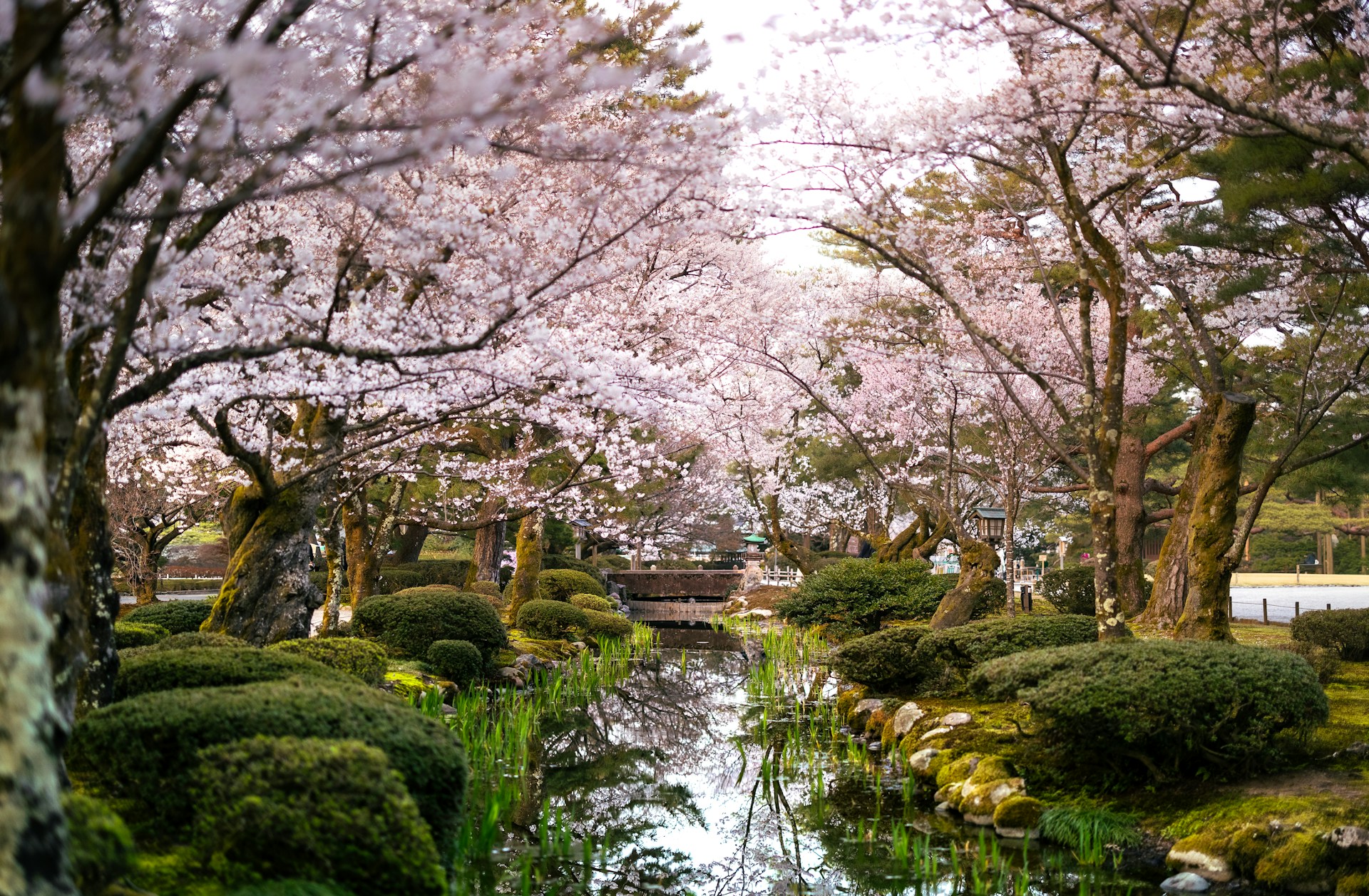
Kanazawa is often described as “Little Kyoto,” but it has a charm and character all its own. Nestled along the Sea of Japan coast, this historic city is famous for its beautifully preserved samurai and geisha districts, traditional crafts, and exquisite gardens. Walking through Higashi Chaya, one of the city’s geisha quarters, feels like stepping back into the Edo period, with wooden teahouses, lantern-lit streets, and the lingering whispers of old Japan. Samurai homes in the Nagamachi district reveal another layer of history, offering an intimate glimpse into the life of Japan’s warrior class. One of Kanazawa’s crown jewels is Kenrokuen Garden, considered one of the three most beautiful gardens in all of Japan. Carefully landscaped over centuries, the garden combines harmony, balance, and seasonal beauty. In spring, cherry blossoms surround its ponds and teahouses, while autumn brings a blaze of crimson maples. Winter is equally magical, when ropes are strung over trees in a technique called yukitsuri to protect branches from heavy snow, creating an iconic scene that is uniquely Kanazawa. Kanazawa also embraces modern creativity. The 21st Century Museum of Contemporary Art draws art lovers from around the world, while its bustling Omicho Market offers some of the freshest seafood in Japan, including Kanazawa’s prized snow crab. With fewer crowds than Kyoto but just as much cultural depth, Kanazawa rewards those who take the time to explore. It’s a city where tradition and innovation live side by side, making it one of Japan’s most enriching hidden gems.
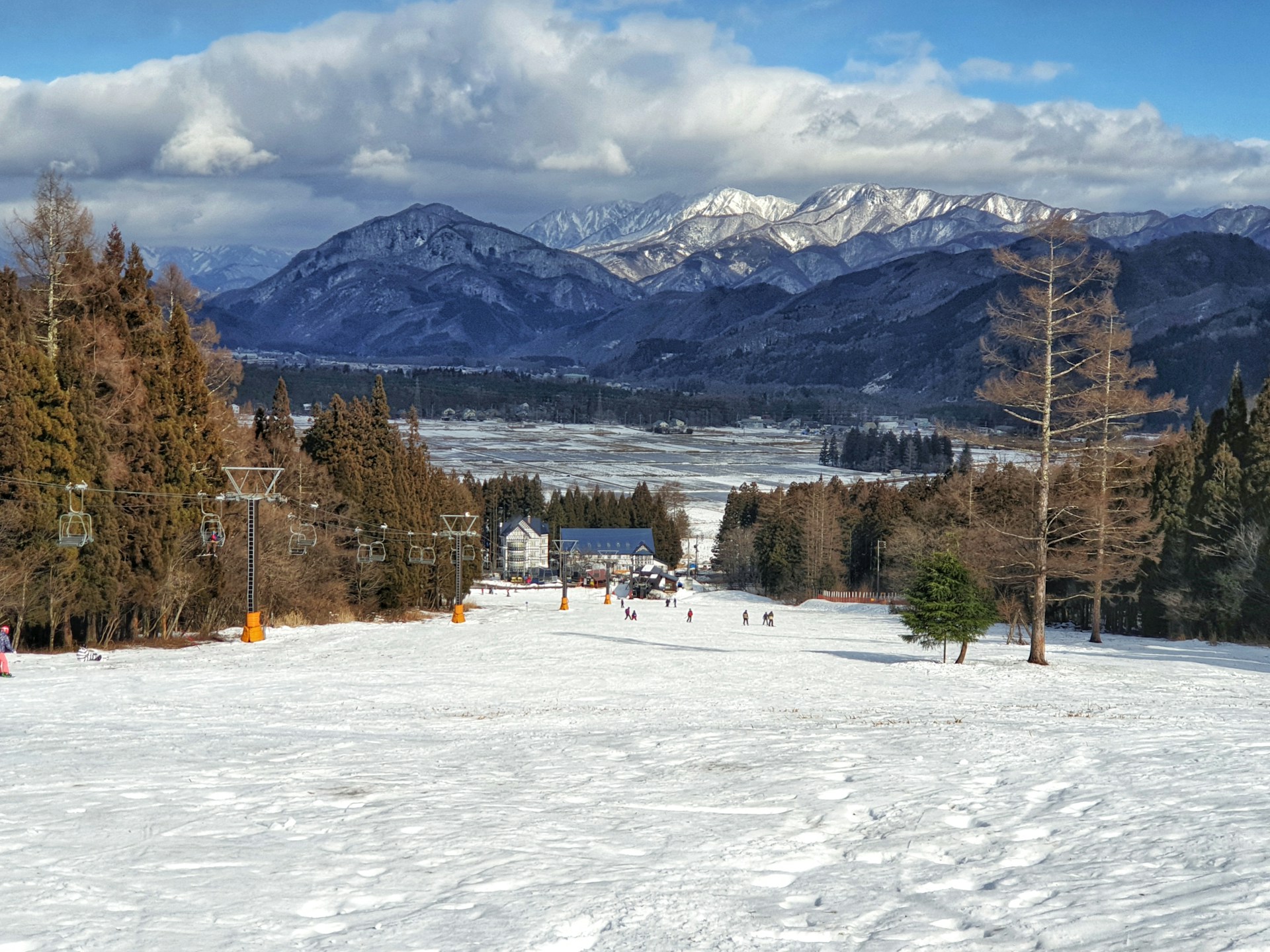
Nagano, nestled in the Japanese Alps, is a dream destination for winter sports lovers and nature enthusiasts. Famous for hosting the 1998 Winter Olympics, this region has become synonymous with world-class skiing, snowboarding, and mountain scenery. Resorts like Hakuba and Nozawa Onsen draw both locals and international travelers, offering pristine powder, varied runs for all skill levels, and après-ski experiences in cozy mountain towns. Whether you’re a seasoned skier or a beginner, Nagano’s snowy slopes provide a truly exhilarating winter escape. Yet Nagano’s charm extends far beyond its ski resorts. A highlight for many visitors is seeing the Japanese macaques, or “snow monkeys,” soaking in hot springs at Jigokudani Monkey Park. Watching these playful animals bathe in steaming pools surrounded by snow creates a magical and unforgettable experience. In addition, traditional onsen villages like Shibu and Yudanaka invite travelers to enjoy their own relaxing soak, pairing winter adventures with warm, healing waters. Cultural experiences also thrive in Nagano, with ancient temples such as Zenko-ji offering spiritual depth and historical intrigue. In summer, the snow melts to reveal hiking trails, mountain vistas, and alpine flowers, transforming Nagano into a year-round destination. Whether you’re drawn by its Olympic legacy, wildlife encounters, or peaceful hot springs, Nagano captures the essence of Japan’s natural beauty and hospitality.
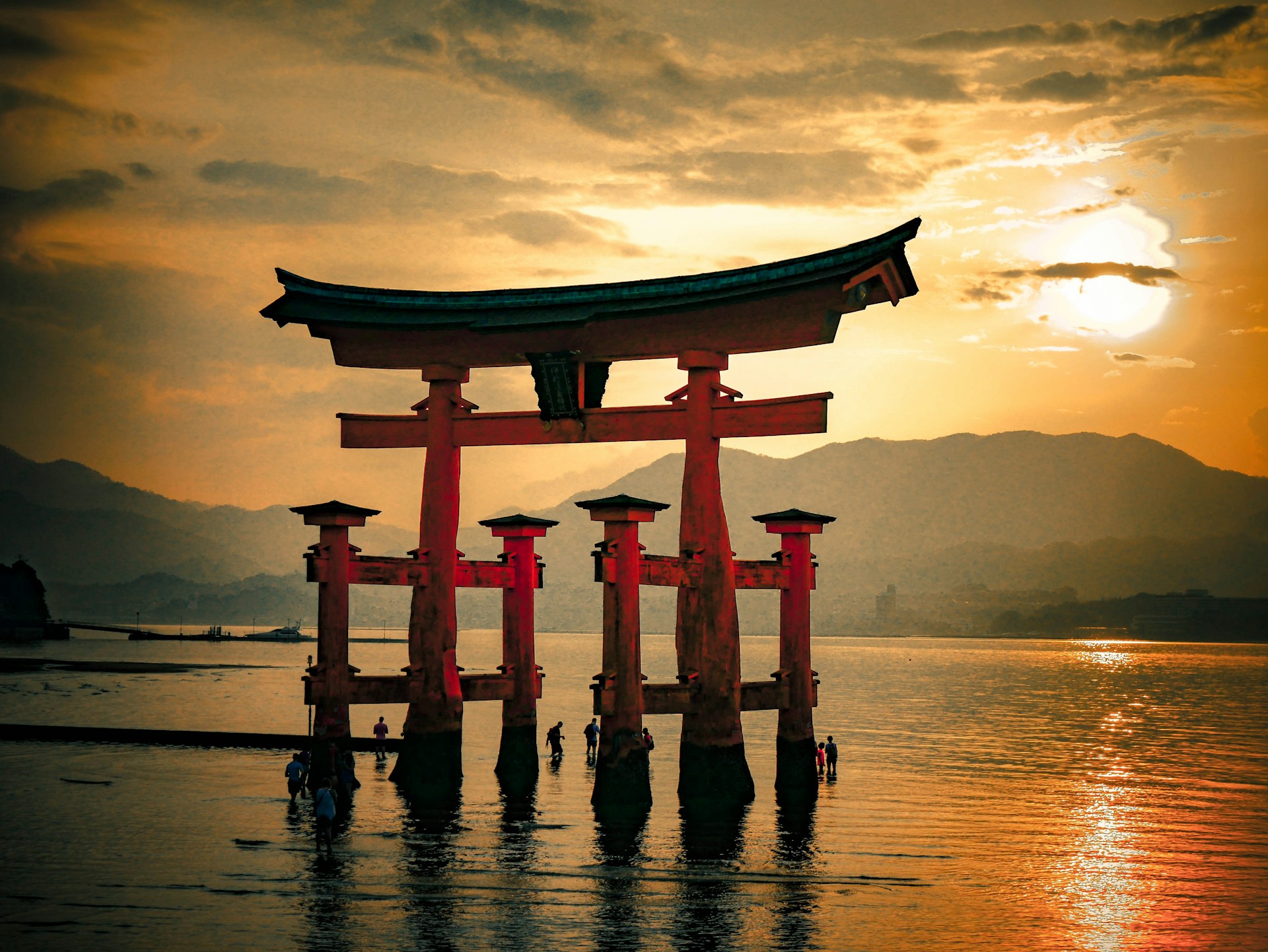
Hiroshima is a city that beautifully balances deep historical significance with a vibrant, modern energy. Known worldwide for its tragic past, a visit here provides an opportunity to reflect at the Hiroshima Peace Memorial Park and Museum, which are both powerful and moving experiences. These sites serve not only as a reminder of the past but also as a beacon of hope for peace and resilience. Beyond its history, Hiroshima has grown into a dynamic and welcoming city full of life. The rivers that weave through the city give it a unique charm, while the bustling downtown offers shopping streets, cafes, and izakayas that showcase the local lifestyle. Try Hiroshima-style okonomiyaki (a savory pancake layered with noodles), which is a culinary must and a proud symbol of the city’s food culture. A short ferry ride from Hiroshima takes you to Miyajima Island, home to the iconic floating torii gate of Itsukushima Shrine—one of Japan’s most photographed landmarks. With scenic hikes, friendly deer, and breathtaking views over the Seto Inland Sea, this side trip makes Hiroshima an essential destination for anyone seeking both cultural depth and natural beauty.
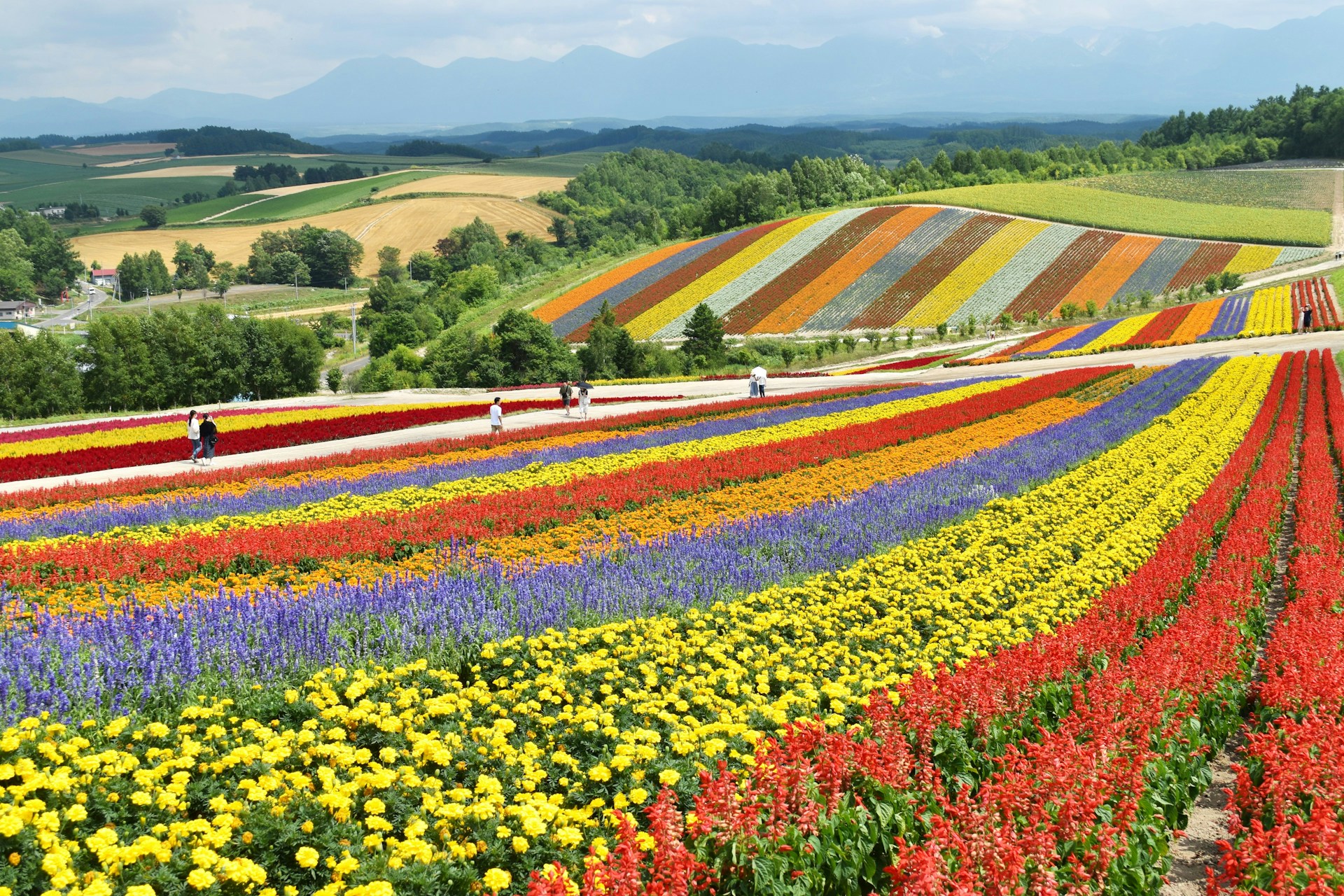
Hokkaido, Japan’s northernmost island, is a land of dramatic seasons and untamed beauty. In winter, it transforms into a snowy wonderland, drawing skiers and snowboarders from across the globe. Resorts like Niseko and Furano are legendary for their deep, powdery snow, wide-open slopes, and vibrant après-ski scenes. Each February, the Sapporo Snow Festival dazzles visitors with massive ice sculptures, snow slides, and illuminated winter displays, celebrating the magic of the coldest season. When the snow melts, Hokkaido becomes an outdoor paradise in a completely different way. Summer brings rolling fields of lavender in Furano, sunflower fields that stretch endlessly, and national parks filled with pristine lakes and mountain trails. Hiking through Daisetsuzan National Park or soaking in a natural hot spring surrounded by forest are experiences that feel far removed from the bustle of Japan’s urban centers. The island’s wide-open landscapes and lack of crowds give it a refreshing, liberating atmosphere. Hokkaido is also renowned for its food. Fresh seafood from the Sea of Japan and the Pacific, creamy dairy products, and hearty regional dishes like miso ramen in Sapporo make every meal memorable. Winter is the perfect season to enjoy warming hot pots and local sake after a day in the snow, while summer highlights Hokkaido’s sweet melons and fresh produce. With its striking natural beauty, seasonal contrasts, and mouthwatering cuisine, Hokkaido offers an adventure that feels both distinctly Japanese and uniquely its own.
The official Japan tourism website for travellers by Japan National Tourism Organization (JNTO), the government tourism board.
The official portal of the Japanese government, offering access to key policies, ministries, news, and general insights about Japan.
Before traveling to Japan, check your country's visa requirements and whether you're eligible for visa exemption.
Plan your dream trip to Japan with the help of our community. Ask and answer questions about travelling to Japan and share your best experiences.
Have a quick question about traveling in Japan? Want to share a tip or suggestion? Looking for broad recommendations? You've come to the right place!
Run by experienced travelers Dan and Bailey, this blog offers honest, insider tips on planning a Japan trip—from Mt. Fuji hikes to food tours and hotel picks.
Travelling to Japan with kids? Japan travel & daily life tips, translations and short-cuts for young families.
An insightful Japan travel blog emphasizing sustainable travel—provides smart DIY tips, crowd avoidance strategies, etiquette guidance, and offbeat local experiences.
A thorough and updated travel guide detailing Japan-specific tips, includes logistics, accommodations, transport, places to eat and stay.
Answer a few quick questions and we’ll create a custom itinerary just for you, completely free, with no commissions or preferred suppliers, just like having your own personal travel agent.